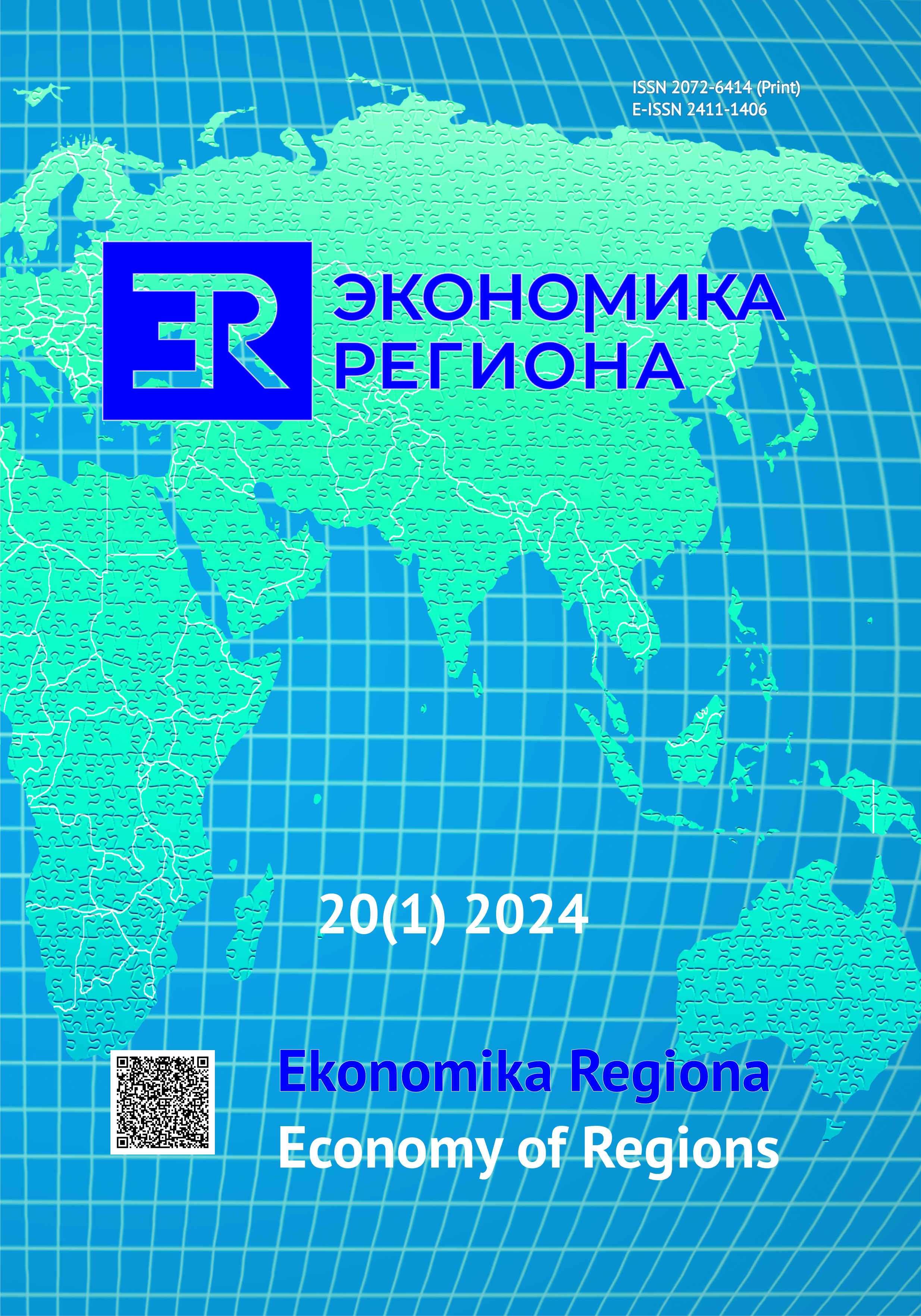Статистический анализ неравномерности цифровизации регионов РФ и ее влияния на суммарный коэффициент рождаемости
Statistical Analysis of Uneven Digitalization Across Russian Regions and Its Impact on the Total Fertility Rate
Author(s): Natalia Vladimirovna Tonkikh, Vladislav A. Kataev, Elena M. KochkinaSubject(s): Economy, ICT Information and Communications Technologies
Published by: Институт экономики Уральского отделения Российской академии наук
Keywords: digitalisation; information and communication technologies; digital employment; Russian regions; regional differentiation; total fertility rate; cluster analysis; reproductive behaviour;
Summary/Abstract: Russia has been historically characterised by a high regional socio-economic differentiation, including in the sphere of population. Nowadays, information and communication technologies are spreading at different speeds in various regions. Since the impact of digitalisation on fertility is understudied, it is necessary to find methods for identifying connections between them. The paper assesses the development of Russian regions in terms of the total fertility rate (TFR) in regions differently using information and communication technologies. To this end, the study obtained data from the Federal State Statistics Service, namely, from the section “Information and communication technologies” of reports “Regions of Russia: socio-economic indicators”. Univariate and multivariate statistical methods were applied. Russian regions were clustered according to 16 indicators characterising their digital development. Data for 2014 and 2019 were analysed. Three clusters — «best», «average» and «worst» — were identified. The higher polarisation was observed in 2014: 4 regions were included in the “average” cluster, 29 in the “best” cluster, and 46 in the “worst” cluster. In 2019, the polarisation diminished: 45 regions belonged to the “average” cluster, 33 to the “best” cluster, only 4 to the “worst” cluster (Republics of Dagestan, North Ossetia-Alania, Tyva, Chechen Republic). The results show that the total fertility rate is lower in clusters with higher values of digital development. In 2014–2019, TFR decreased by 31.1 % in the “best” and by 47.7 % in the “average” clusters; on the other hand, this indicator increased by 37.7 % in the “worst” cluster. However, it is difficult to assess the exact effect of specific digitalisation factors on fertility due to their complexity and interdependence. Further studies can focus on statistical evaluation of the impact of employment on reproductive behaviour.
Journal: Экономика региона
- Issue Year: 20/2024
- Issue No: 1
- Page Range: 92-105
- Page Count: 14
- Language: Russian

